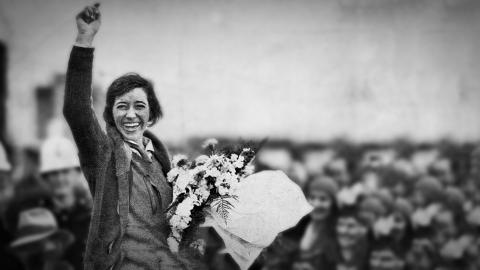
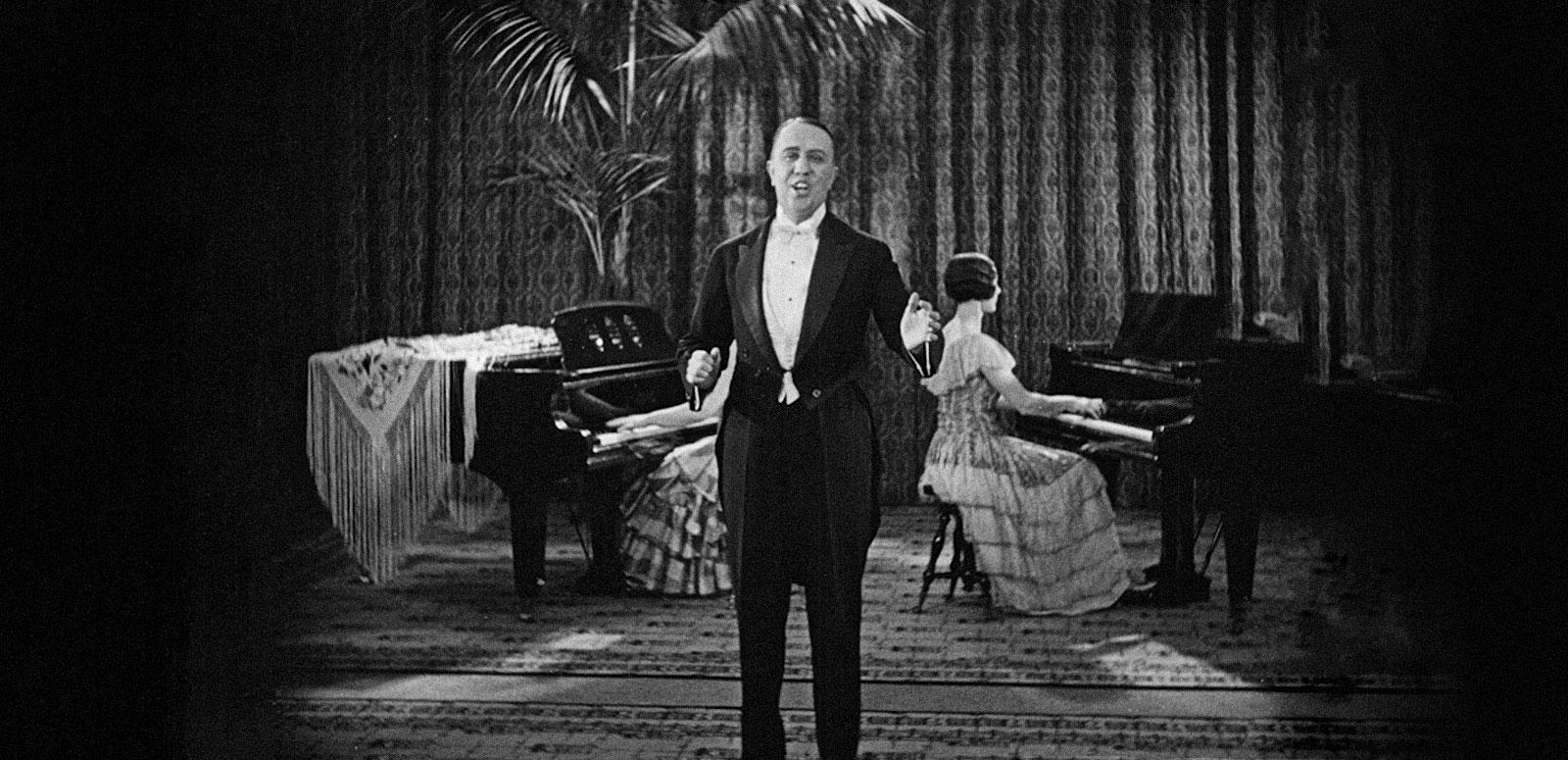
The Songs of Jack O'Hagan
Songs by Jack O'Hagan
Singer-songwriter Jack O'Hagan wrote over 600 songs, including 'Along the Road to Gundagai' and 'Our Don Bradman'.
O'Hagan also composed scores for silent films and stage shows, dance music and advertising jingles and was a Melbourne radio personality.
Born in Fitzroy, Melbourne in 1898, O'Hagan began composing in his early teens. Allan & Co. music house later employed him as a professional manager and song plugger, getting the company's songs – including many of O'Hagan's own compositions – into theatres and dance halls.
After O’Hagan’s most famous song, 'Along the Road to Gundagai', was recorded by Peter Dawson in 1931, it reportedly sold 50,000 copies of the 78rpm shellac discs in three months.
O'Hagan successfully moved into advertising after the Second World War, joining O'Brien Publicity and penning jingles until his retirement in 1965. He was awarded an OBE in 1973 and died in 1987.
Four recordings of his compositions have been inducted into the NFSA's Sounds of Australia: 'Along the Road to Gundagai', 'Our Don Bradman', 'Wrap Me Up In My Stockwhip and Blanket' and 'After the Dawn'.
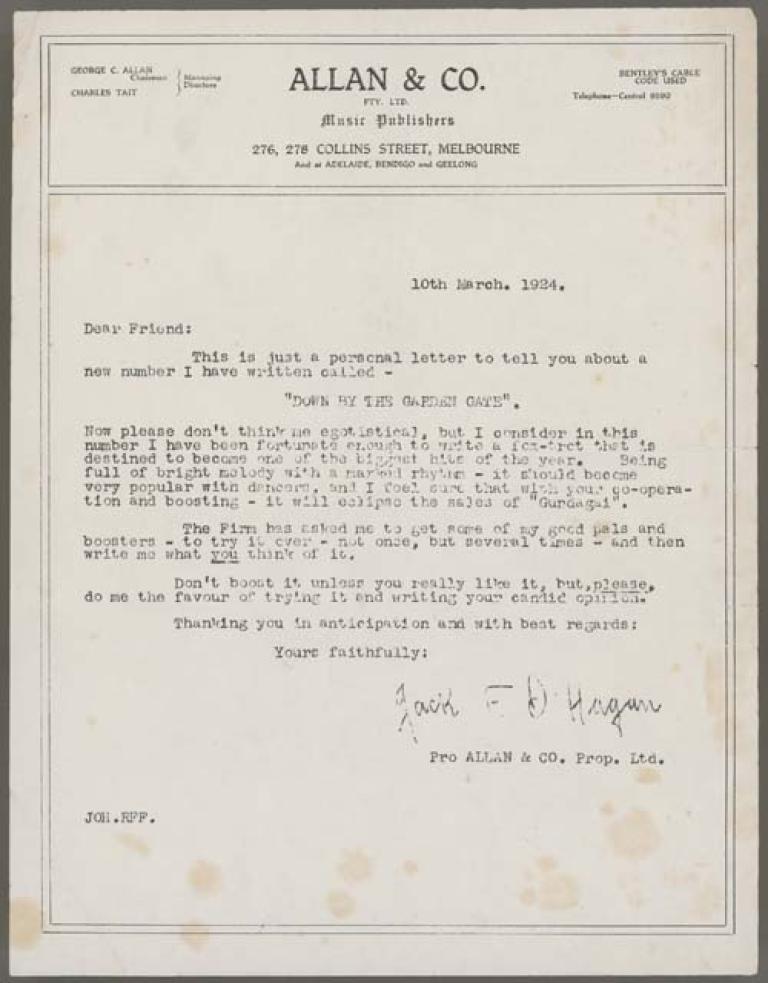
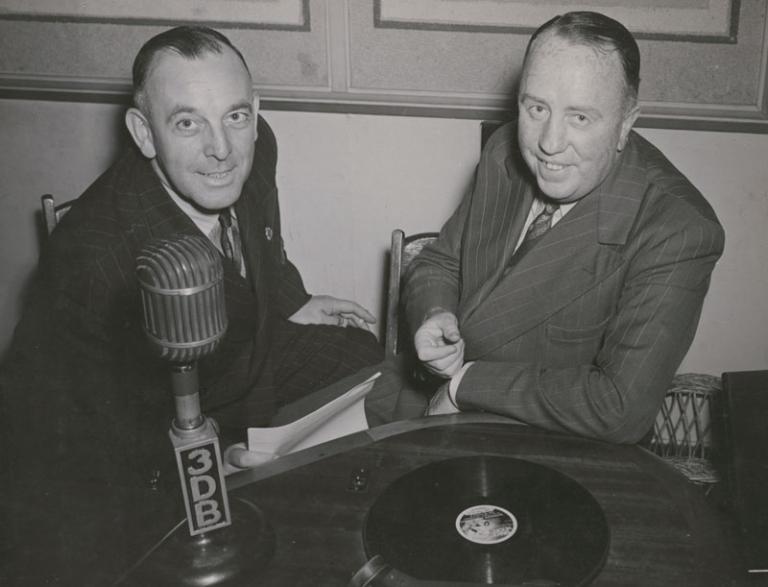
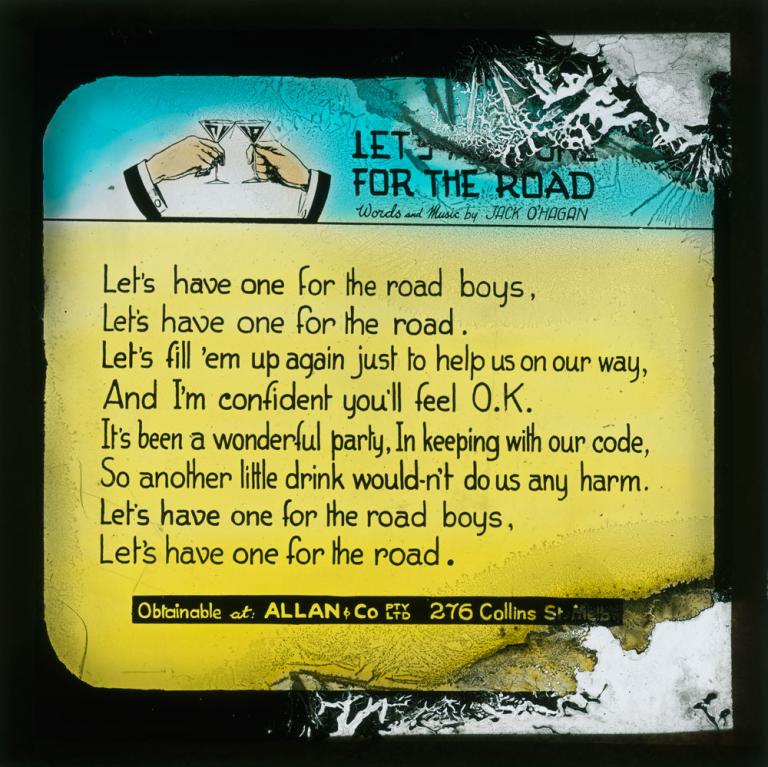
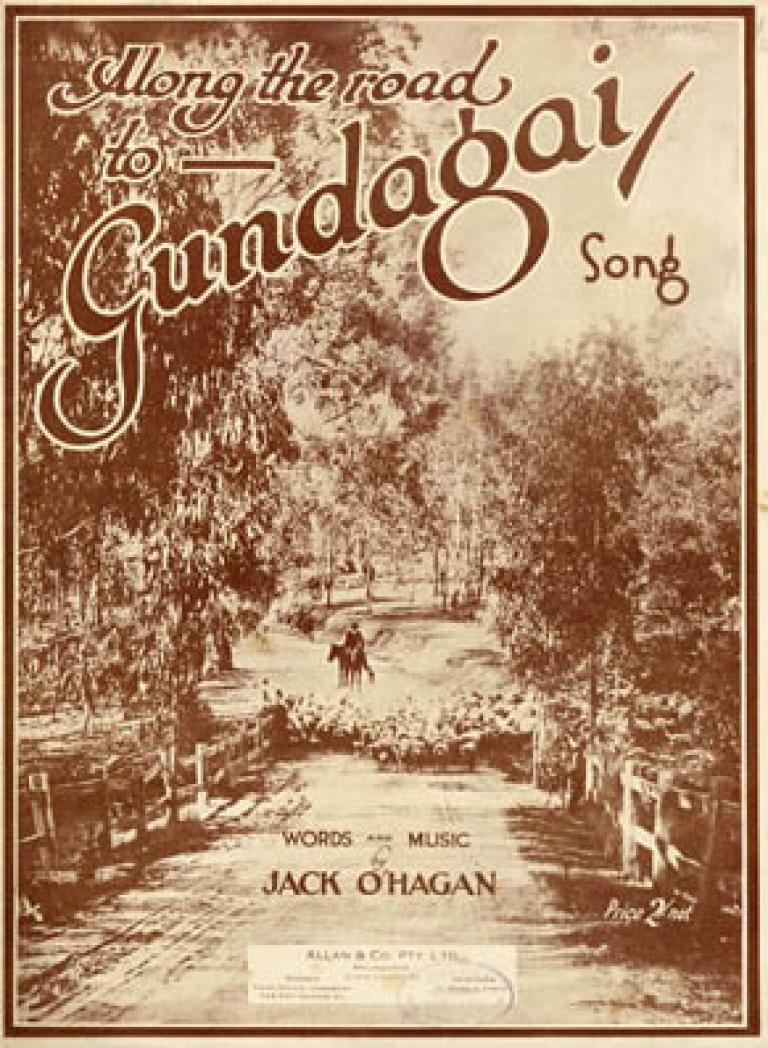
The National Film and Sound Archive of Australia acknowledges Australia’s Aboriginal and Torres Strait Islander peoples as the Traditional Custodians of the land on which we work and live and gives respect to their Elders both past and present.

